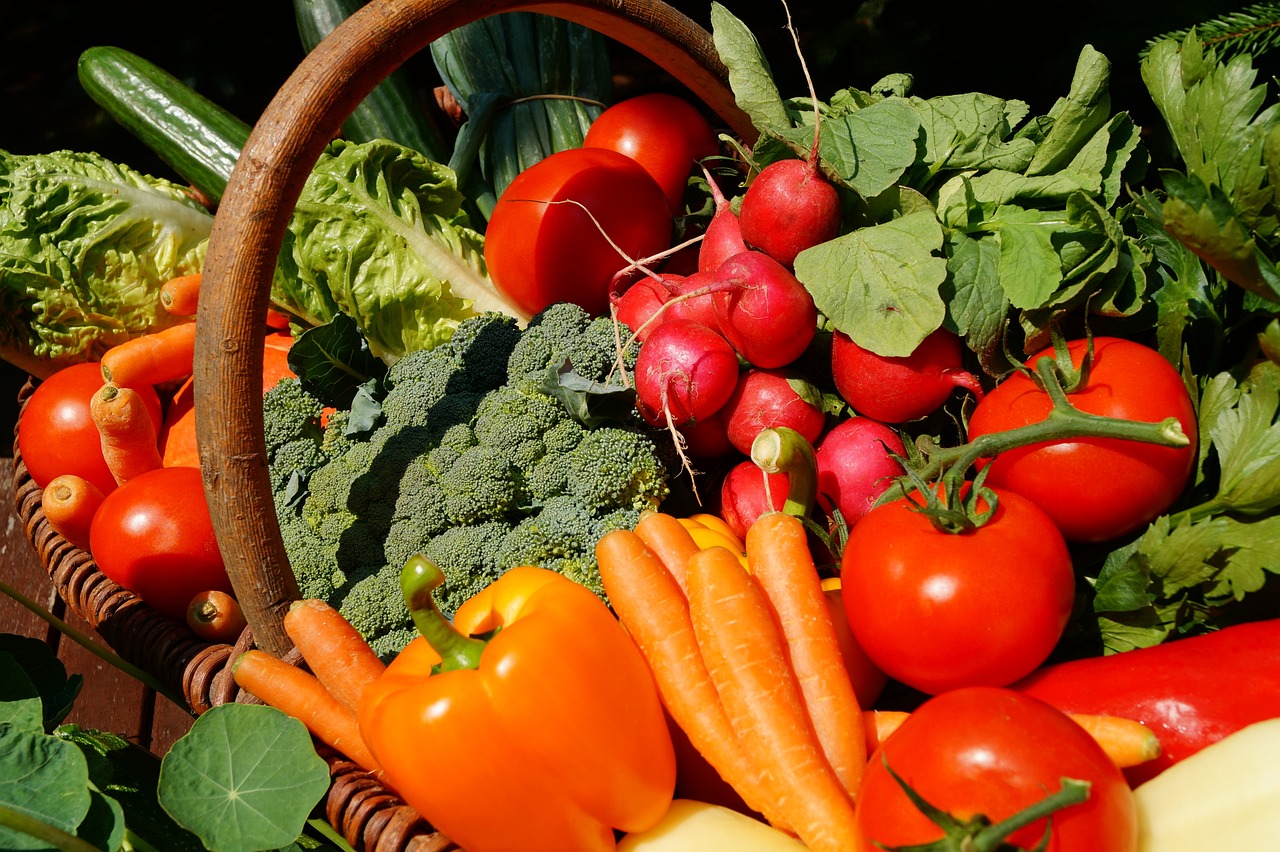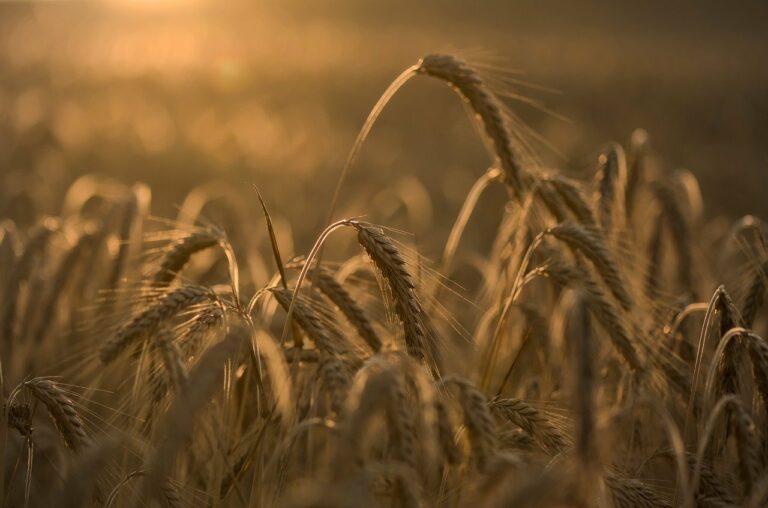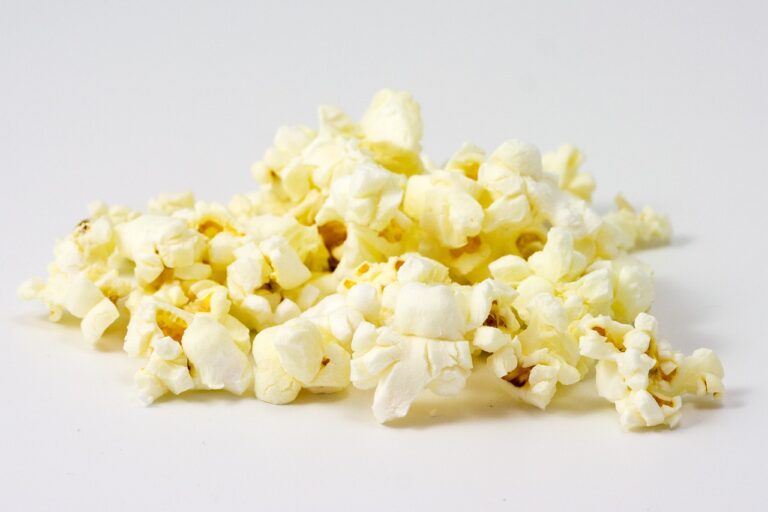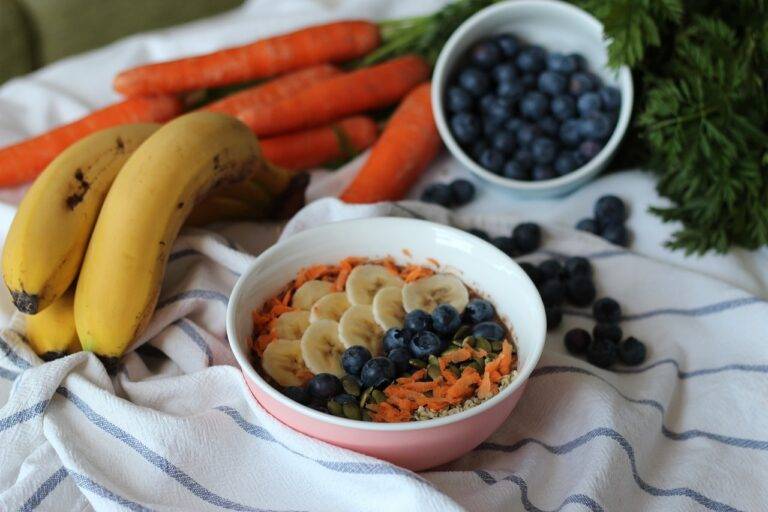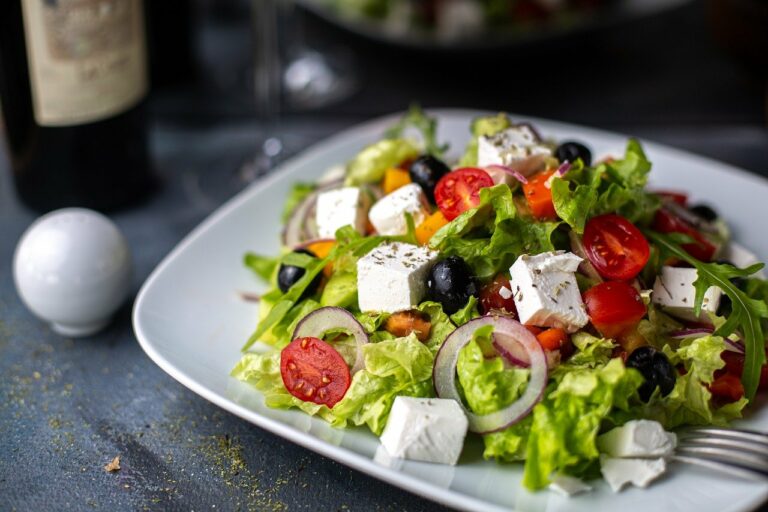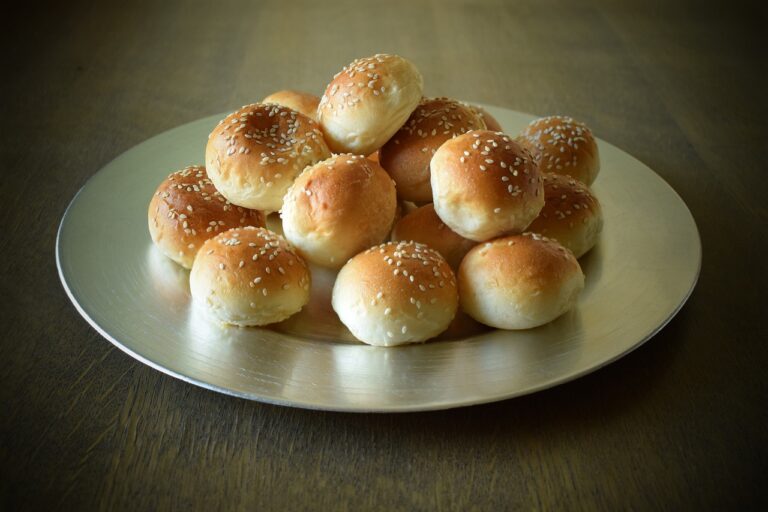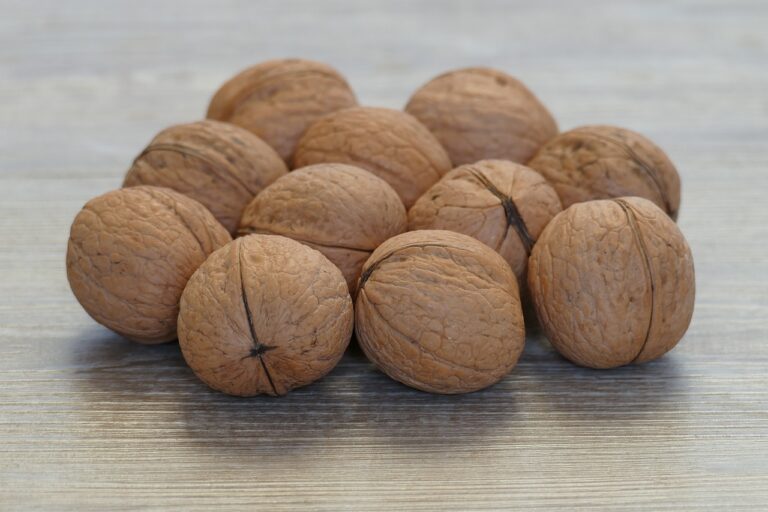Cooking Techniques: Classic vs. Modern Approaches
When it comes to cooking, there are countless techniques that chefs and home cooks alike use to create delicious meals. Some techniques have been passed down through generations, while others have emerged as a result of advancements in technology and culinary innovation. In this article, we will explore the differences between classic and modern cooking approaches and how each can impact the flavor and quality of your dishes.
Classic Cooking Techniques
Classic cooking techniques are those that have stood the test of time and have been used for centuries to create traditional dishes. These techniques often rely on simple methods and minimal equipment, allowing the cook to focus on the quality of the ingredients and the skill of their preparation. Some examples of classic cooking techniques include:
1. Braising
Braising is a classic cooking technique that involves cooking meat or vegetables slowly in a liquid, such as broth or wine, until they are tender and flavorful. This method helps to infuse the ingredients with rich flavors and create a tender texture that is perfect for hearty dishes like stews and pot roasts.
2. Roasting
Roasting is another classic technique that involves cooking food in an oven at a high temperature. This method is great for creating crispy textures and caramelized flavors, making it perfect for roasting meats, vegetables, and even fruits.
3. Steaming
Steaming is a classic cooking technique that involves cooking food by exposing it to steam. This gentle method helps to retain the natural flavors and nutrients of the ingredients, making it a healthy and versatile cooking technique.
Modern Cooking Techniques
Modern cooking techniques have emerged in recent years as a result of technological advancements and culinary creativity. These techniques often involve specialized equipment and cutting-edge methods that allow for precise control over the cooking process. Some examples of modern cooking techniques include:
1. Sous Vide
Sous vide is a modern cooking technique that involves cooking food in a vacuum-sealed bag at a precise temperature in a water bath. This method helps to lock in flavors and create consistently cooked dishes that are tender and juicy.
2. Molecular Gastronomy
Molecular gastronomy is a modern cooking technique that explores the chemical and physical transformations that occur during the cooking process. This method uses innovative ingredients and equipment to create avant-garde dishes that push the boundaries of traditional cooking.
3. Air Frying
Air frying is a modern cooking technique that uses hot air to cook food instead of oil. This method creates crispy textures and delicious flavors without the added fat, making it a healthier alternative to traditional frying methods.
Choosing the Right Technique
When it comes to choosing between classic and modern cooking techniques, the most important factor to consider is the desired outcome of your dish. Classic techniques are great for creating traditional flavors and textures, while modern techniques offer innovative ways to experiment and push the boundaries of your cooking skills. Ultimately, the best approach is to mix and match different techniques to create dishes that are both delicious and unique.
FAQs
1. What are the benefits of using classic cooking techniques?
Classic cooking techniques are great for creating traditional flavors and textures that are familiar and comforting. These techniques often rely on simple methods and minimal equipment, making them accessible to home cooks of all skill levels.
2. How can I incorporate modern cooking techniques into my cooking routine?
To incorporate modern cooking techniques into your routine, consider investing in specialized equipment like a sous vide machine or an air fryer. These tools can help you achieve precise control over the cooking process and create dishes that are both delicious and innovative.
3. Are there any drawbacks to using modern cooking techniques?
Some modern cooking techniques can be expensive to implement and require specialized equipment that may not be accessible to all home cooks. Additionally, these techniques often require a learning curve to master, so be prepared to experiment and practice to achieve the desired results.
Overall, both classic and modern cooking techniques have their own unique benefits and challenges. By exploring a combination of both approaches, you can expand your culinary skills and create dishes that are both delicious and memorable.

